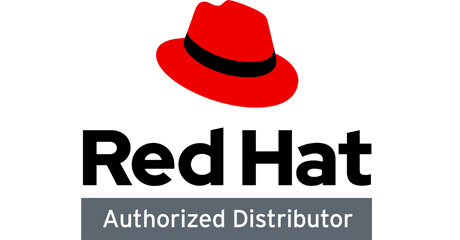15.12.2023 | Nishani Manoharan
Lizenz: Adobe Stock / Marcom Schweiz

Automation software helps improve efficiency—delivering value faster while solving IT and workflow challenges.
Automation is the use of technology to perform tasks with reduced human assistance. Any industry that encounters repetitive tasks can use automation, but automation is more prevalent in the industries of manufacturing, robotics, and automotives, as well as in IT systems.
In today’s world of rapid technological change, the challenges organizations face—to support employees and partners, reach new customers, and provide innovative products and services—are more complex than ever before. IT plays a crucial role in meeting these demands, but also acts as a blocker if it isn’t scalable and can’t keep up with demand.
As enterprises scale, so does the difficulty of deploying and maintaining environments that are stable, more secure, and consistent. To break it down further:
In this constantly shifting environment, automation has become a strategic imperative. Automation is critical to managing, changing, and adapting your IT infrastructure and the way your enterprise operates. IT teams can automate complex processes to increase efficiency, productivity, and flexibility—while also reducing costs and human error.
Automation is not meant to replace people—its purpose is to augment human capabilities. This is known as the paradox of automation: as you become efficient using automation, human involvement becomes more important but less frequent.
Some may see automation as a tool that eliminates jobs, but automation actually frees up existing IT staff to focus on larger challenges. By simplifying processes and reducing manual tasks, IT teams can improve efficiency and productivity—while also preserving resources to work toward strategic goals, such as improving customer satisfaction.
Automation can help enterprises achieve:
Click HERE for more information and a trial version or contact our experts.
Source: Red Hat, 15.12.2023